Historic Mifflin farmstead to showcase Underground Railroad history, recreation in region
As Mark Platts walked around the historic Mifflin farmstead in eastern York County on a recent afternoon, he shared the long-term vision for the property that will include a regional visitor center, restoration of the house that served as an Underground Railroad stop, and recreational trails.
His nonprofit organization, the Susquehanna National Heritage Area, recently purchased the farmstead after a years-long effort by preservationists to save it from the threat of demolition for new warehouses.
The barn will become the Susquehanna Discovery Center, a National Park-style visitor center for the heritage area, Platts said. Visitors will be introduced to York and Lancaster counties' nationally important stories, go through exhibits and watch films. It also will help to connect people to other places to see, such as the Goodridge Freedom Center.
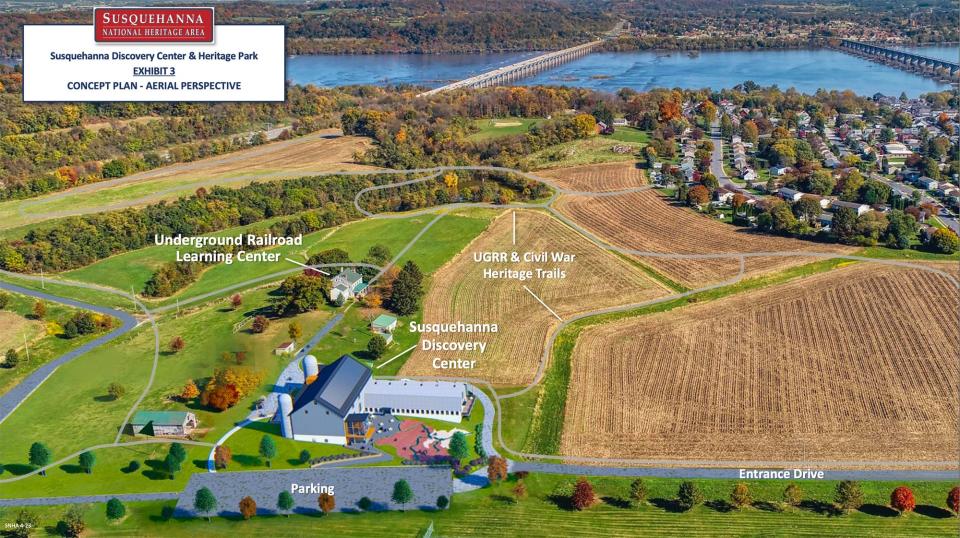
The stone farmhouse, where Jonathan and Susannah Mifflin, and their son, Samuel, hid freedom-seekers, will become an Underground Railroad Learning Center. The plans for it have not been fully developed. It could be a place for interpretation and exhibits − but also a site to convene people and bring scholars in to talk about the history.
While it will take years for the full development of the estimated $18 million project, plans are underway to make initial improvements so that the public can start attending programs on the property as early as this coming summer.
Mifflin House will help to tell the story of the Underground Railroad
The house, which dates back more than two centuries, has been emptied. It was lived in until a few years ago.
The house includes features such as a summer kitchen, original wooden floors and what appears to be an old door with strap hinges in the basement.
"I think we want to try to restore the integrity of the house to what it probably was in early 1800s," Platts said.
The architectural features will be restored, but it might be more of a modern interpretive center on the inside, he said. Concepts are still being developed.
The Susquehanna Discovery Center Task Force, which consists of representatives from both York and Lancaster counties, have been working on the plans for the future of the site.
The house is eligible to be listed on the National Register of Historic Places. The heritage area will need to do another study and submit it to the Pennsylvania Historical & Museum Commission and the National Park Service to have the building placed on the list, Platts said.
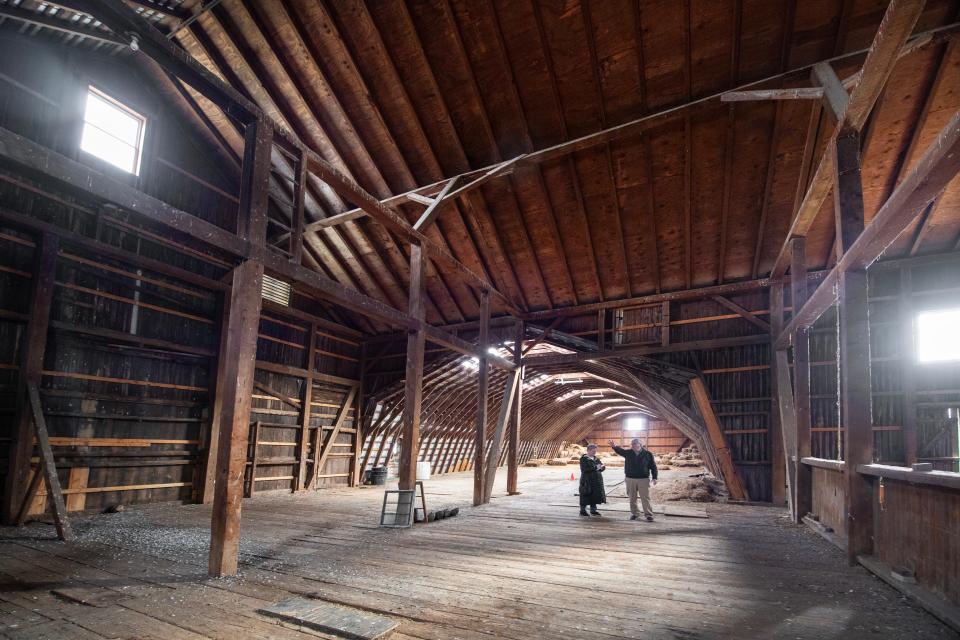
Barn to serve as visitors center, office space and more
The original barn dates to the 1850s, and a more modern dairy wing was added in roughly the late 1940s.
Improvements to the buildings and property will be done in phases, based on funding. A capital campaign is planned, too.
Under the concept plan, the wing in the upper level of the barn could become a potential program and revolving exhibit space, Platts said. Another section would be stabilized for future renovation.
The organization currently has a $3 million Redevelopment Assistance Capital Program grant that former Gov. Tom Wolf appropriated for the project. It is awaiting a pending $1 million redevelopment grant that U.S. Sen. Bob Casey submitted to the Housing and Urban Development program.
The lower level in the barn is where the organization plans to move its offices, Platts said. The space also will include a gift shop, a cafe and a theater to show an introductory film.
The concept plan also includes silo lookouts. The silo would be enclosed in a glass tower, which would allow visitors to view the property from different levels.
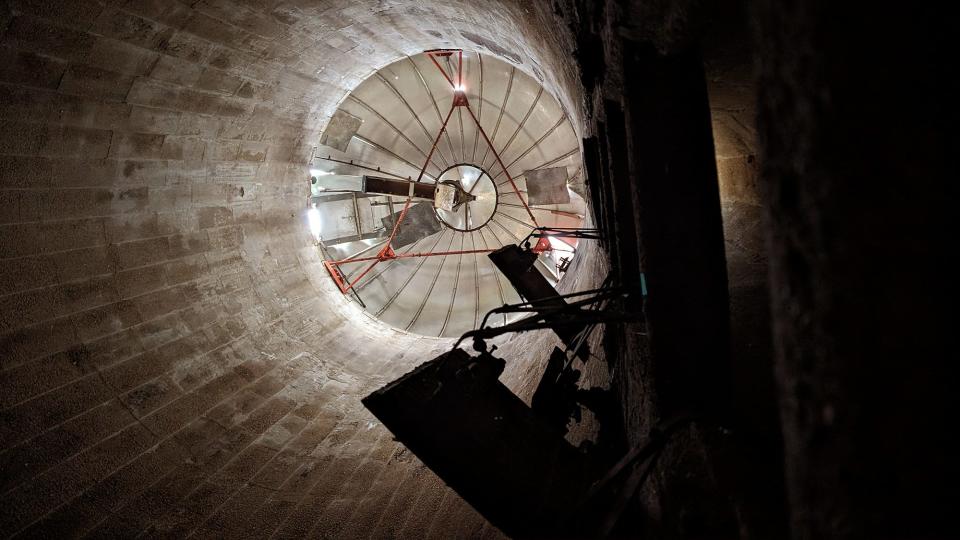
Civil War battle fought in the field
Not only was the Mifflin House a stop on the Underground Railroad, it also was the site of a Civil War skirmish.
Fighting occurred on the property before the burning of the bridge across the river on June 28, 1863.
Platts wonders how many properties have served as both an Underground Railroad and Civil War battle sites.
Most of the Underground Railroad sites were in the border states of the North, while many of the Civil War battles were fought in the South. It's something Platts said he wants to research.
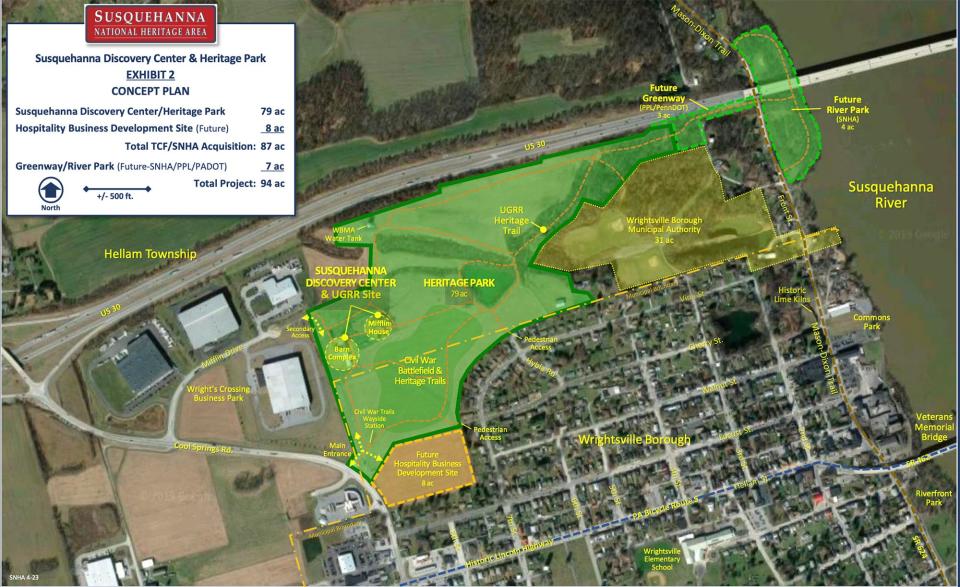
Property reaches close to the Susquehanna River
The nearly 88-acre property extends close to the Susquehanna River. The heritage area owns four acres by the Route 30 bridge, and it is looking for a way to make a connection so visitors can hike to the waterway.
Freedom-seekers crossed the Susquehanna River to reach Columbia on their way to Philadelphia.
A man-made pond sits just east of the house at the end of a field. It feels like it is in a preserve, Platts said. It's quiet even with the heavy Route 30 traffic close by.
It might be an area to create a place of commemoration and contemplation, he said.
Freedom-seekers are the real heroes, Platts said. In most cases, they took a risk and traveled hundreds of miles to reach the Mifflin property where good people helped them to travel on to Philadelphia or Canada.
"There's a really wonderful story of courage and commitment that went on here," he said.
Enslaved people also lived in Pennsylvania, Platts noted. The state was one of the first to approve an emancipation act, but the freedom it provided was gradual. Some remained enslaved until the 1800s.
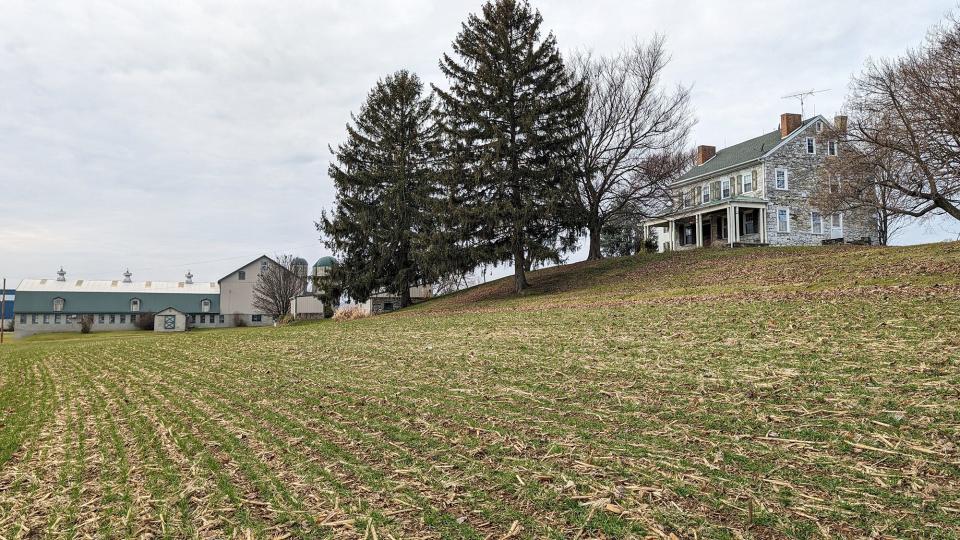
Initial and long-term improvements planned
The organization has received approval to make some initial improvements, such as creating a new access road, 30 parking spaces and an ADA-accessible pathway to the house, so that people can start visiting the site.
The historic farm lane could become a pedestrian and bike entrance in the future, Platts said.
In the new year, the organization also will begin developing a master plan for the entire site.
While some of the features, such as the visitor and Underground Railroad centers, are a given, the purpose of the plan is to look at the landscape, Platts said. Where should trails go? What stories should they tell through interpretation? How should it connect to Wrightsville borough?
The master plan will help to answer those questions.
The new site will attract visitors who want to learn about the history of the region, including the Underground Railroad and the Civil War, and enjoy some recreation. It ties into the other improvements made in the region over the years.
"It should be good for the economy, good for our kids, good for families to learn more about the history," Platts said.
This article originally appeared on York Daily Record: Historic Mifflin farmstead will showcase Underground Railroad history

